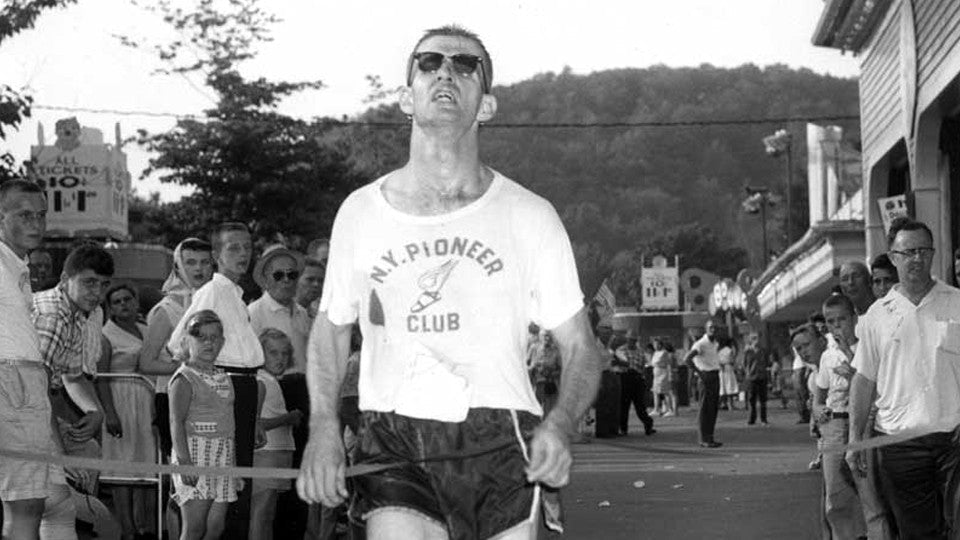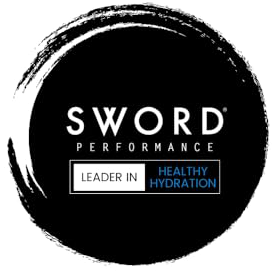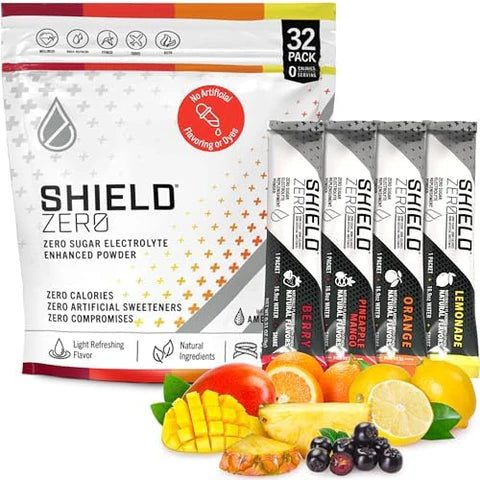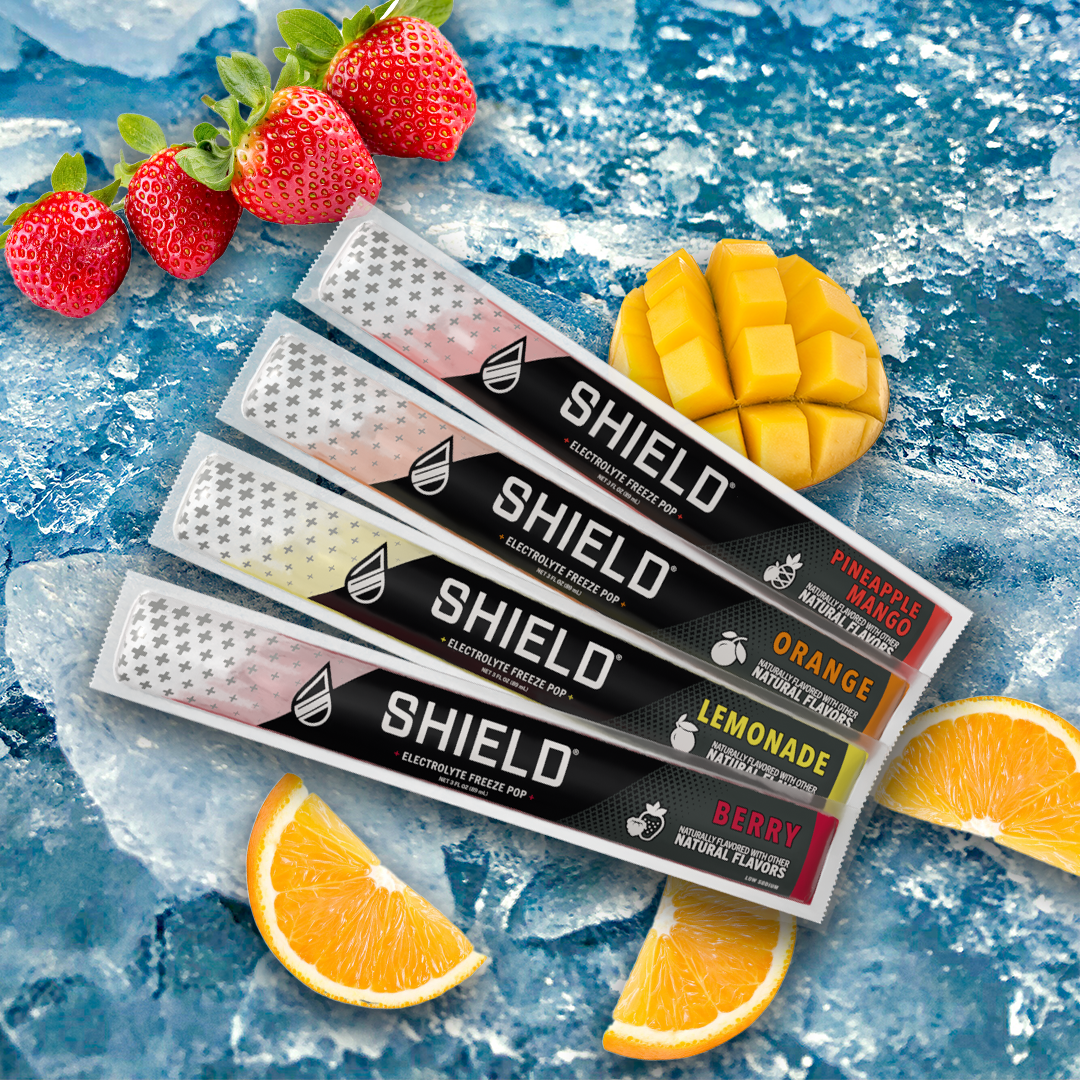
A Brief History of the Sports Drink: Replacing Fluids

In this series, Sword founder Scott Black reviews the changing tides of scientific thought. How did the founders of Sword arrive at their formula? Through careful analysis of past work in the study, and through their own work in the field.
"An army marches on its stomach."
This quote has been attributed to both Napoleon and Frederick the Great, but regardless of its origin, it is a testament to the fact that humans expected to accomplish a strenuous task can only perform to their maximum ability if provided adequate nutrition. The following traces a brief history of both athletic nutrition and the development of the sports drink as we know it, culminating in the development of Sword.
Early Scientific Misconceptions
Interestingly, the above idea was lost on the athletic world until midway through the 20th century. In fact, distance runners were advised to avoid water during races because it was commonly believed that digestion and absorption of food or water robbed the body of energy, interfered with breathing, and caused muscle cramps. This changed when exercise physiologists began considering the mechanisms of fatigue and the military became interested in improving human performance in hot environments. This marked the inception of the study of fluid/electrolyte replacement and carbohydrate fuel.
What is a Sports Drink?
Sports drinks provide an easily digested vehicle for the delivery of nutrients and hydration during exercise. Most contain a source of fuel (usually carbohydrate) and various electrolytes (sodium, potassium, calcium, magnesium) dissolved in water. Some also contain more additives including protein, caffeine, vitamins, anti-oxidants, etc.
Replacing Fluid: Research in Review
In 1955, W.S.S. Ladell of the National Hospital in London conducted an experiment in which men performed a strenuous task in a hot environment. He gave them either nothing, salt only, or a combination of water and salt during the task. Only 5 out of 32 subjects given nothing or salt only were able to complete the task while 38 out of 41 men provided salt and water were successful.
In 1969, C.H. Wyndham and N.B. Strydom measured the amount of fluid consumed, weight loss, and core temperature in a number of male runners in two distance runs in South Africa. They demonstrated a steady increase in runners' core temperature as dehydration progressed past 3%. In conclusion, they recommended that distance runners avoid more than 3% dehydration during an event. This launched a handful of followup studies that consistently demonstrate the adverse effects of dehydration on exercise performance. A subsequent study reviewed in a 2003 issue of Current Sports Medicine Reports concluded that dehydration by greater than 2% body weight impairs endurance performance, especially in heat.
The backlash to these conclusions focused on the methodologies in earlier studies. Eric Goulet summarized these issues in 2011, when he concluded that exercise-induced dehydration of up to 4% body weight loss doesn't alter exercise performance under real-world conditions, but he did point out that "drinking according to the dictate of thirst will maximize exercise performance."
Replacing Fluid: Sword's Conclusions
Hydration during exercise is important, but avoiding greater than 2% dehydration is not universally necessary for optimum results. Instead, genetics, environmental heat stress, training status, and duration of effort all influence the impact of dehydration on exercise performance. We agree that in most situations, drinking to thirst is adequate. However, in ultra distance events, there might be an additional benefit to having a rehearsed hydration plan.









